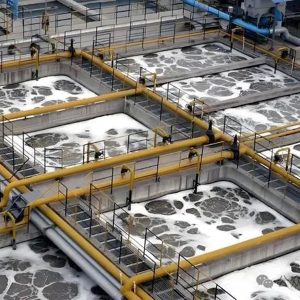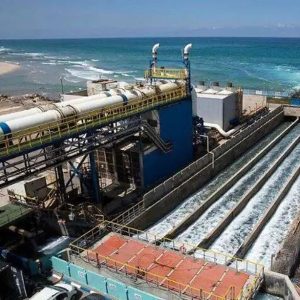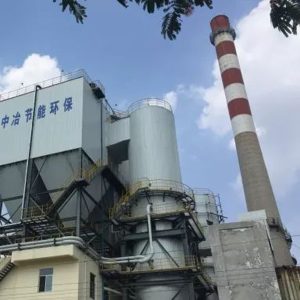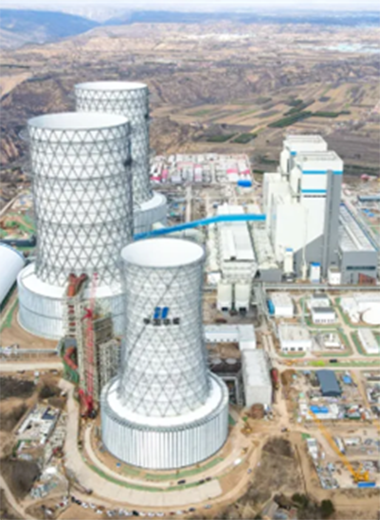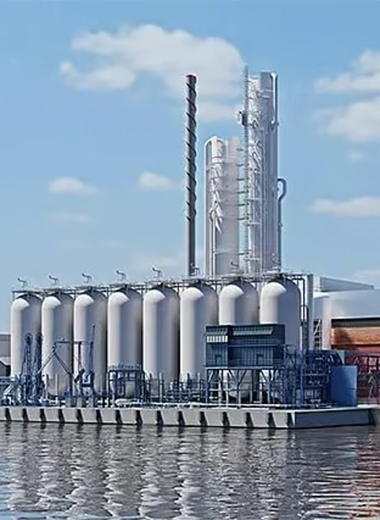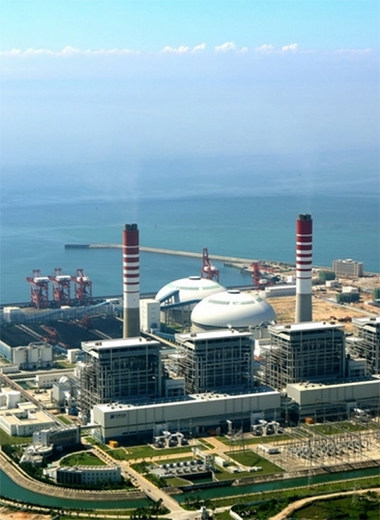
Environmental Protection Industries
Clad Plates Applications in Environmental Protection Industry at a Galance
Cladded metal plates play a critical role in environmental protection systems due to their excellent corrosion resistance, mechanical strength, and cost-effectiveness. They are widely used in harsh chemical environments such as flue gas desulfurization (FGD), waste gas treatment, and wastewater processing. Typical combinations include titanium-steel, stainless steel-carbon steel, and nickel-based alloy cladding.
Key Applications:
- Flue Gas Desulfurization (FGD) Systems
Used in absorber towers, oxidation air ducts, and circulation pipelines to resist SO₂, HCl, and chloride corrosion. Titanium-steel and stainless steel cladded plates significantly extend service life while reducing costs. - Municipal and Hazardous Waste Incineration Plants
Applied in gas coolers, scrubbers, and fan housings exposed to high-temperature chlorine-containing gases. Cladded plates provide both structural support and superior anti-corrosion performance. - Wastewater Treatment Facilities
Suitable for acid/alkali tanks, neutralization reactors, and flotation systems. Cladded plates ensure long-term operation in corrosive liquid environments. - VOC Emission Control Units
Used in absorption towers and condensers that handle complex organic vapors. Stainless steel or nickel-based cladded plates offer durable containment solutions. - Seawater Desalination and Brine Discharge Systems
Applied in heat exchangers, concentrators, and outflow channels. Titanium-steel and duplex stainless cladding resists chloride-induced corrosion and stress cracking.
These advanced composite materials provide a balance of durability and economic value, making them essential in modern environmental engineering.
